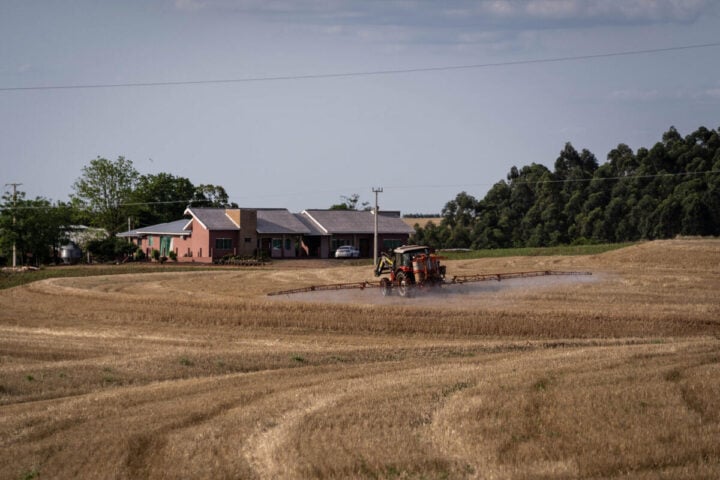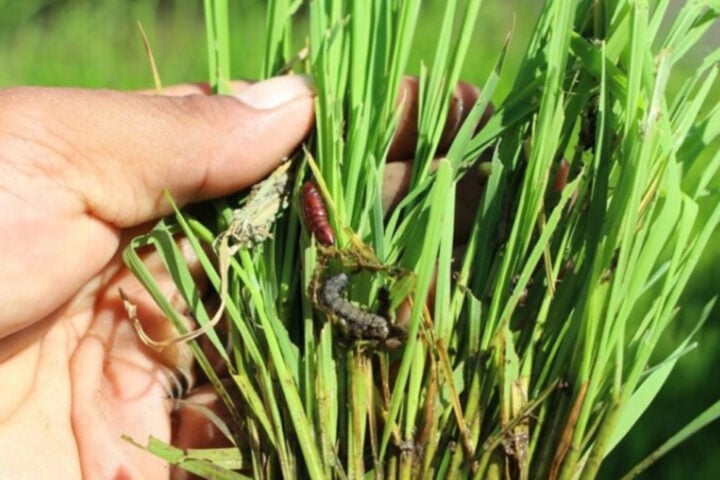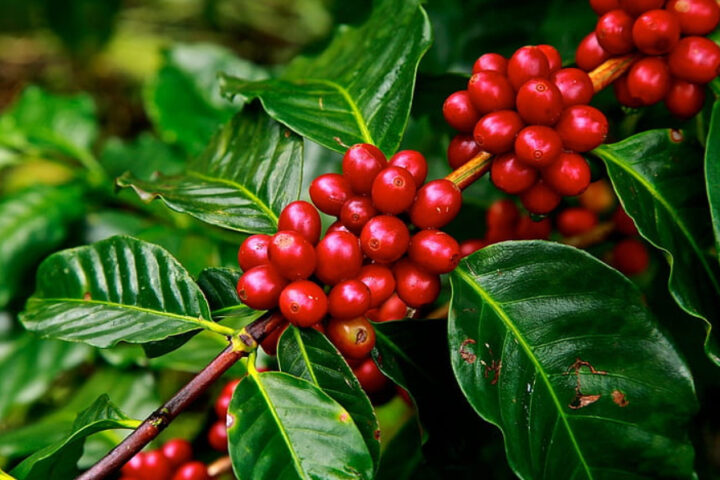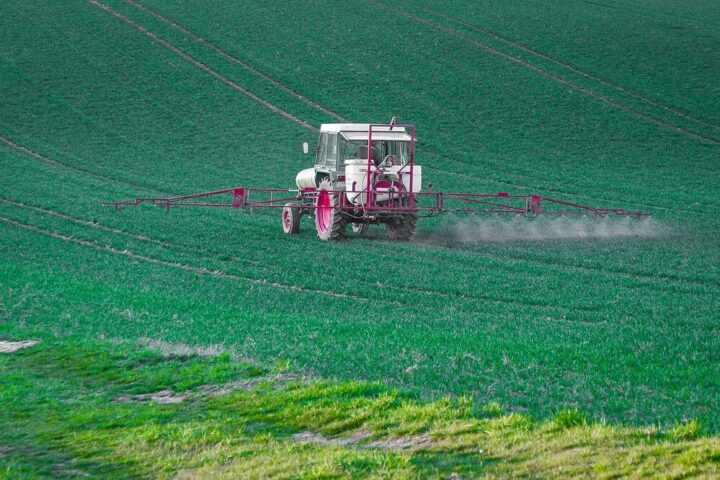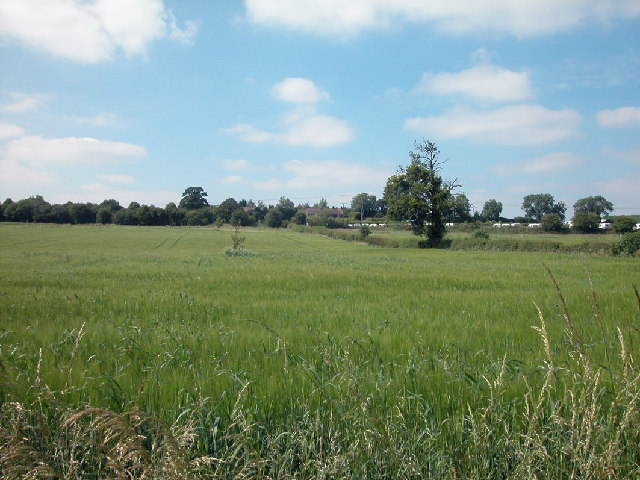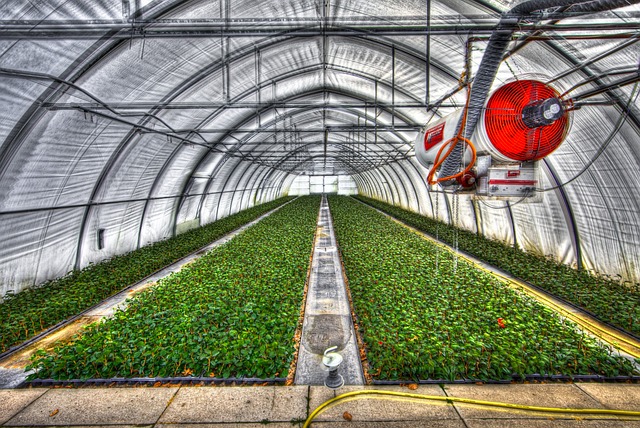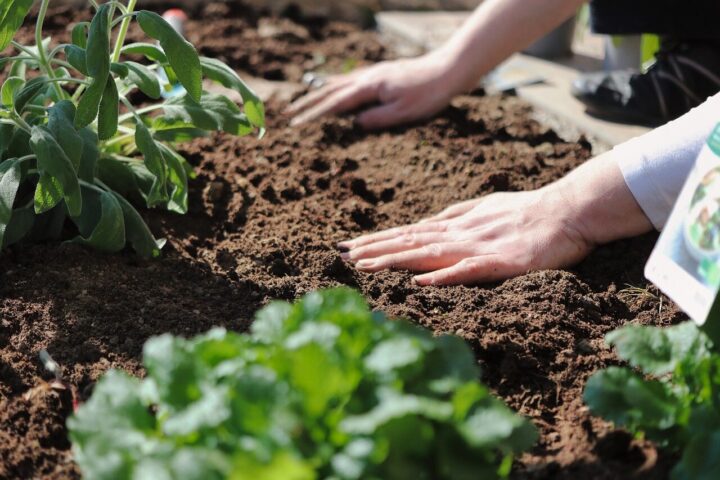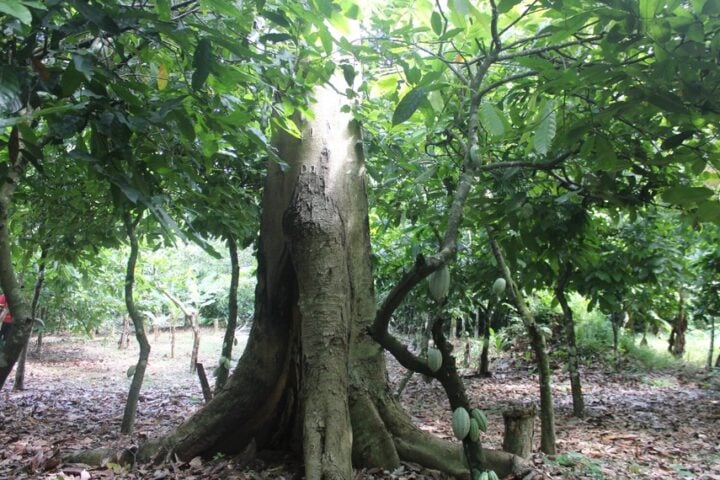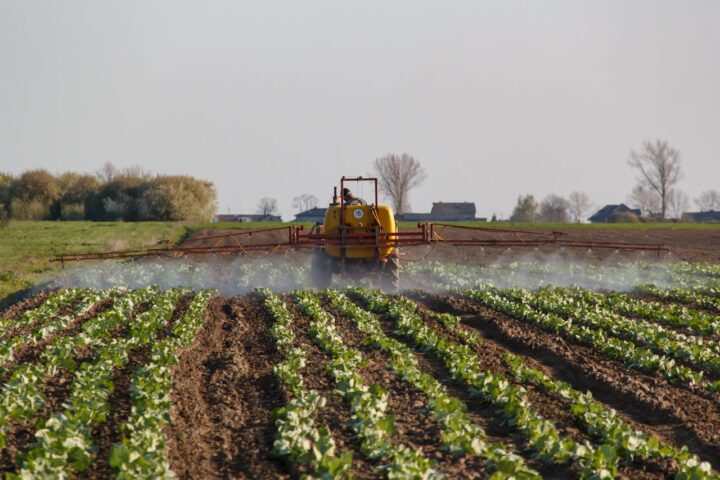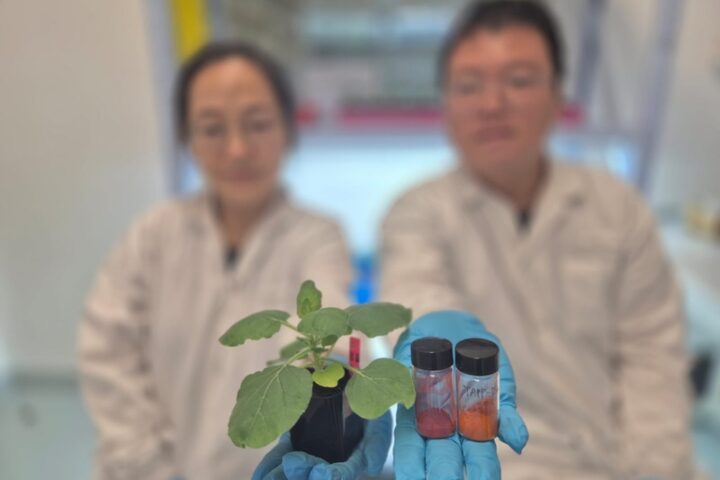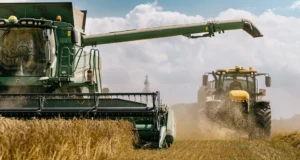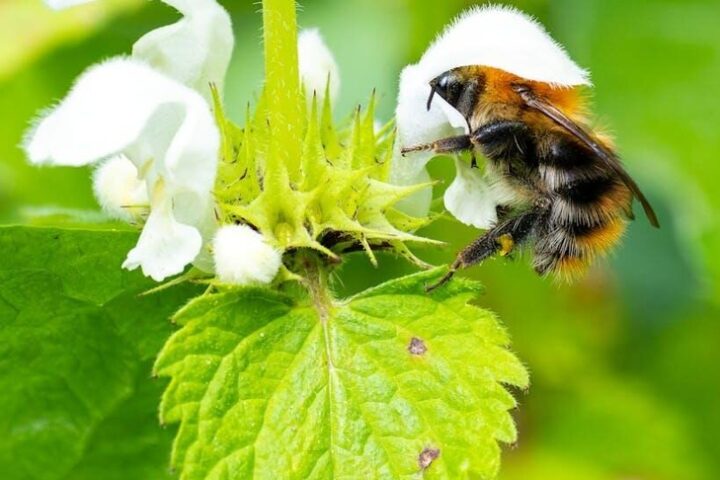California’s specialty crops, including walnuts, almonds, and peaches, valued at over $6 billion, are facing an imminent threat from increased pest activity due to climate change. A collaborative study by researchers from UC Merced, UC Agriculture and Natural Resources, and the USDA California Climate Hub delves into the impact of climate change on three major pests: Codling Moth (CM), Peach Twig Borer (PTB), and Oriental Fruit Moth (OFM). The study reveals alarming projections, indicating earlier spring biofix dates for these pests by up to 28 days and a potential increase of up to 1.4 extra generations by the end of the century.
Focusing on the primary pests for California’s walnut and peach production, the Codling Moth, Peach Twig Borer, and Oriental Fruit Moth, the study foresees a reduction in the time between pest generations by up to 19 days. For Codling Moth alone, a key threat to 365,000 acres of walnut orchards, the first biofix is expected 8-17 days earlier by late-century. This shift in pest dynamics poses a substantial risk, requiring growers to adapt their pest management strategies. The potential surge in pest generations within a growing season is likely to result in heightened crop damage, increased insecticide use, and elevated production costs, raising environmental concerns.
Codling moth is the primary pest of California’s walnuts, which occupies over 365,000 acres. Similarly, peach twig borer and oriental fruit moth are two major economic pests of peaches. Growers must control almost every generation of these pests to protect the fruit. Additional generations of these pests within the same growing season will likely increase crop damage. It certainly increases the number of sprays needed to control these pests, increasing the production cost for growers. Plus, more use of insecticides has consequences for beneficial insects and the environment
Jhalendra Rijal, Co-author, UC Cooperative Extension integrated pest management advisor and entomologist for Stanislaus, San Joaquin and Merced counties
The repercussions of increased pest activity extend beyond agriculture, signaling a broader ecological imbalance with implications for food security, environmental health, and economic sustainability. This looming transformation raises critical questions about the individual farmer’s struggle with rising costs, potential price hikes for consumers, and the overall impact on California’s economy, a significant contributor to the global food supply.
Experts across disciplines echo concerns, emphasizing the urgency of adapting farming practices and highlighting this phenomenon as a bellwether for broader environmental impacts. Economists draw attention to potential ripple effects on California’s economy, while the study’s findings are positioned as a vital contribution to the broader understanding of climate impacts on agriculture.
Beyond statistics and projections, the human story emerges — farmers facing an uncertain future, communities reliant on crop health for their livelihoods, and consumers globally dependent on California’s agricultural bounty. This narrative underscores the human element behind the impending challenges in the agricultural landscape.
Similar Posts
Climate change impacts on pests and resulting impacts on agricultural production are significant but not often researched or quantified. Information from this research will not only help farmers to understand impacts for strategic planning, but also will inform the agricultural industry to invest in making varieties more resilient to these damaging agricultural pests,” Pathak added. “We will use this information to update the CalAgroClimate tool, which informs farmers on the progress of these pests during the season so that they can take steps for effective pest management
Tapan Pathak, UC Cooperative Extension specialist in climate adaptation in agriculture based at UC Merced
The study employs a growing degree-days (GDD) model, using temperature data from various sources like gridMet, to predict changes in pest lifecycles. These findings, far from being mere numbers on a page, represent a significant transformation in the agricultural cycles that have sustained California’s farming communities for generations.
Despite the challenges, the study’s authors and experts advocate for a holistic, climate-smart approach to pest management. They stress the importance of integrating traditional methods with innovative strategies such as pest-resistant crop varieties, early harvesting, and biological control. This proactive stance is positioned not only as a necessity for California’s agriculture but also as a model for global agricultural practices in the face of climate change



